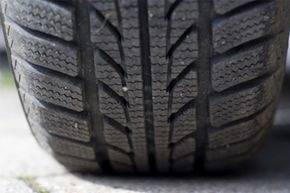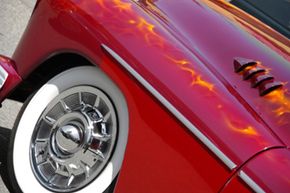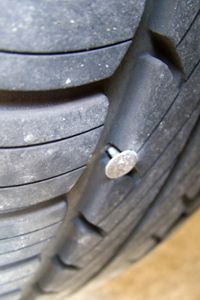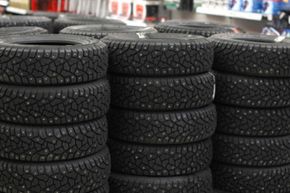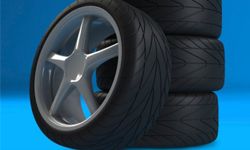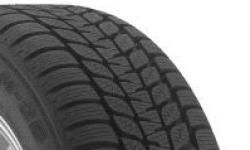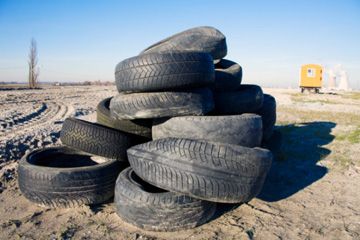We all know that the wheels on the bus go 'round and 'round, but have you ever given much thought to what's on those bus wheels -- or what's on the wheels of your own car? That's right, you car's tires. They connect your car to the road. They give you stability and traction, no matter what the weather is. And, though you may not often think about them this way, your car's tires are key safety features. The right tire can often prevent the loss of control that usually leads to an accident. The wrong tire (or a tire that hasn't been well-cared-for) can increase the risk of a crash and decrease the safety of your car.
While tires are key parts of your car's safety and performance, from a user standpoint, they're actually pretty simple. First, you find the right tires for your car, based on the size and weight of your vehicle, plus how you intend use them and the weather you expect to encounter (or you opt for all-weather tires just to keep all of your bases covered). After the tires are installed, you keep them filled with air and remember to check the air pressure once a week. You regularly use the penny test to check for wear and tear by inserting a penny with Lincoln's head pointed down into a tire's tread. If you can see the top of Lincoln's head, your tires are worn out. Once your tires have worn down to the point where they're no longer safe you purchase a new set, and the cycle of a tire's life rolls on.
Advertisement
For something that's fairly simple in its use, however, how tires are made is actually a fairly complex process. Though tires started out as simply air incased in rubber, today they're more sophisticated than ever. That's good news for drivers: Today's tires last longer and are less prone to dangerous blowouts than older tires. They're also better at maintaining contact with the road and can even help a car's performance (some tires can help improve a car's fuel economy).
Tires are no longer just rubber and air. Instead, they're made up of several layers of materials, each playing its own role in how the tire functions. Keep reading and we'll explain each step in the process of how tires are made.
Advertisement
